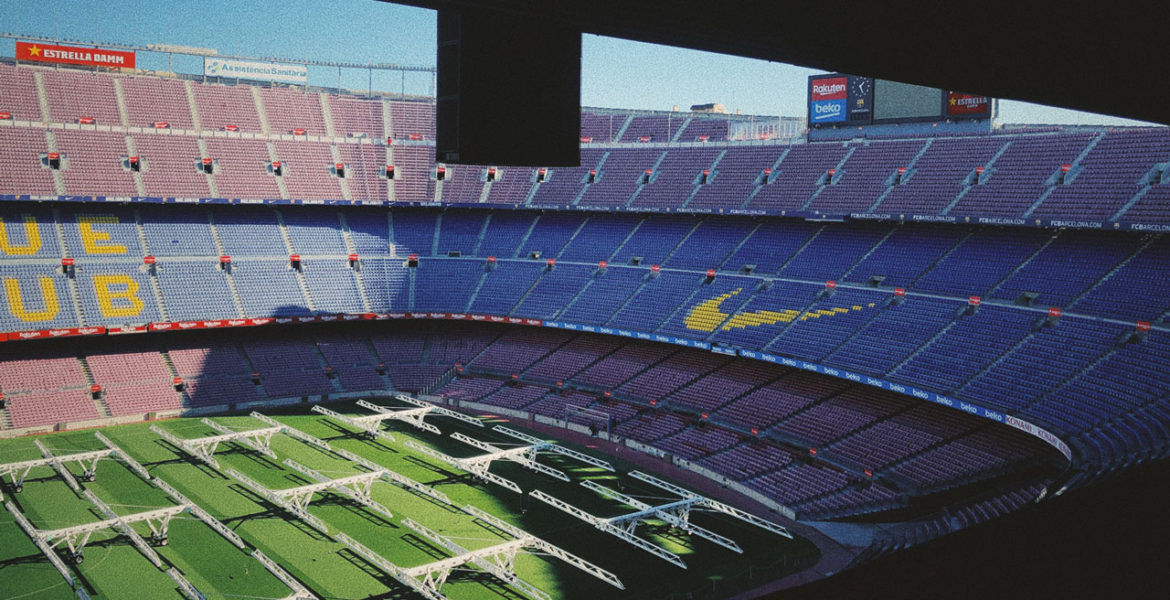Sports sponsorships may be a vital component of any brand’s marketing mix. These deals often carry six- or seven-figure price tags (for context, total MLB sponsorship revenue may surpass $1 trillion in 2019, per Statista), given their capacity to significantly expand a brand’s footprint through logo placement, broadcast coverage and access to the fan bases of widely-popular sporting leagues and events.
All too often, however, marketers tend to focus on the top-line value of the sponsorship—the eyeballs and impressions—while leaving many opportunities on the table to engage with fans beyond the stadium or event in ways that can generate meaningful consumer responses deep into the purchase funnel. By taking a more consistent approach to long-term activation—namely, by leveraging digitally-enabled experiences that heighten the sense of overall shared experience with the sports fan—brands can turn an isolated engagement into an ongoing relationship with a potential new customer.
At teamDigital, we use the term “digital acquisition” to refer to the practice of finding and entering into a relationship with a customer in the digital space, a critical component to unlocking the full value of a sports sponsorship. Increasingly, marketers recognize the need to leverage digitally acquired assets such as information, customer data, and experiences as part of the process of building their own equity in the sponsorship, rather than simply relying on the borrowed equity of the league or other sports property to which they attach their brand name.
Going Deeper with Digital
The digital space provides the necessary framework to deliver sports fans a customizable experience, but it is up to the marketer to translate the acquired assets into repeated actions by the consumer. Now that brands have the names, e-mail addresses and consumer insights gleaned from a digital promotion, for example, the question is: What will they do with them?
A lot is riding on the answer. A multi-million-dollar sports sponsorship package may include hundreds of thousands of dollars earmarked for promotional spending that is expected to grow the marketer’s opt-in database and generate actionable business leads. While each sponsor will craft its own activation plan in order to achieve those objectives, here are some common principles and techniques that can work across the entire spectrum of brands:
- Involve fans in the brand story you’re creating around the sponsorship. Marketers can do more to tap into the passions and goodwill of sports fans, whether it’s by streaming an in-game feature or event tied to a charitable cause, creating a download button within a mobile app for an enter-to-win contest or sharing a favorite team’s social media content online. Storytelling is a critical aspect of digital promotions, particularly when there is no obvious connection to the sponsorship. Whereas an automaker would have a clear rationale for teaming up with Nascar, for example, an allergy medication would need to establish a narrative around its sponsorship with MLB. And that narrative must have “meaning” tied to the shared values of the brand and consumer, aligned with the sponsorship/team, so as to not just be “selling.”
- Use e-mail databases and paid social channels to conduct more rigorous audience segmentation. Sports sponsorships give marketers instant access to vast e-mail databases and social media networks. Tapping into the Facebook page or Twitter feed of a favorite team or athlete allows brands to more accurately define their audience targets and deliver custom ad units and/or messaging to fans with affinities that align with that particular brand, based on real data such online browsing histories and lifestyle interests. Likewise, a dedicated e-blast could go out to a segment of a team’s supporters based on, say, response rates to a previous campaign. Brands should not overlook e-mail simply because it is not a new marketing channel. Email can be a highly effective platform, as long as the messages are relevant and specific.
- Extend your most valuable corporate assets to the broader fan base. Corporate assets such as season tickets, boxes/suites, and VIP lounges allow sports fans to get tantalizingly close to their favorite teams and athletes. And there’s a clear appetite for greater access among general sports fans, given the growth of the resale market for corporate suites. So why not follow the lead of brands like Courtyard Marriot’s SuperBowl Sleepover and Mastercard’s MLB All-star Game in leveraging these exclusive venues through a promotional strategy to create memorable experiences at major sporting events? Such feel-good stories are a natural candidate for amplification in digital/social, not to mention their ability to generate earned media and build customer loyalty.
Of course, these activities are only the start of a potential new customer relationship. Marketers must have a plan in place for keeping these consumers engaged, using what they’ve already learned to refine the message and continue the conversation. But rest assured: Once the digital acquisition has put a sponsor on the path to customer acquisition, the brand can chalk one up in the win column.


I think you mean that MLB sponsorship revenue may pass $1 billion this year. But it’d be lovely if they could reach a trillion.